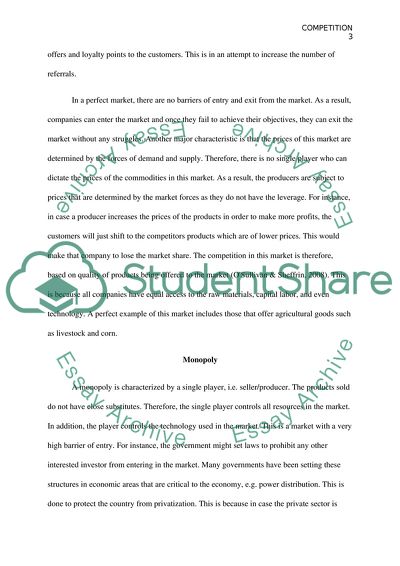Cite this document
(Perfect competition, monopolistic competition, oligopoly and monopoly Essay, n.d.)
Perfect competition, monopolistic competition, oligopoly and monopoly Essay. https://studentshare.org/macro-microeconomics/1854337-perfect-competition-monopolistic-competition-oligopoly-and-monopoly
Perfect competition, monopolistic competition, oligopoly and monopoly Essay. https://studentshare.org/macro-microeconomics/1854337-perfect-competition-monopolistic-competition-oligopoly-and-monopoly
(Perfect Competition, Monopolistic Competition, Oligopoly and Monopoly Essay)
Perfect Competition, Monopolistic Competition, Oligopoly and Monopoly Essay. https://studentshare.org/macro-microeconomics/1854337-perfect-competition-monopolistic-competition-oligopoly-and-monopoly.
Perfect Competition, Monopolistic Competition, Oligopoly and Monopoly Essay. https://studentshare.org/macro-microeconomics/1854337-perfect-competition-monopolistic-competition-oligopoly-and-monopoly.
“Perfect Competition, Monopolistic Competition, Oligopoly and Monopoly Essay”. https://studentshare.org/macro-microeconomics/1854337-perfect-competition-monopolistic-competition-oligopoly-and-monopoly.


